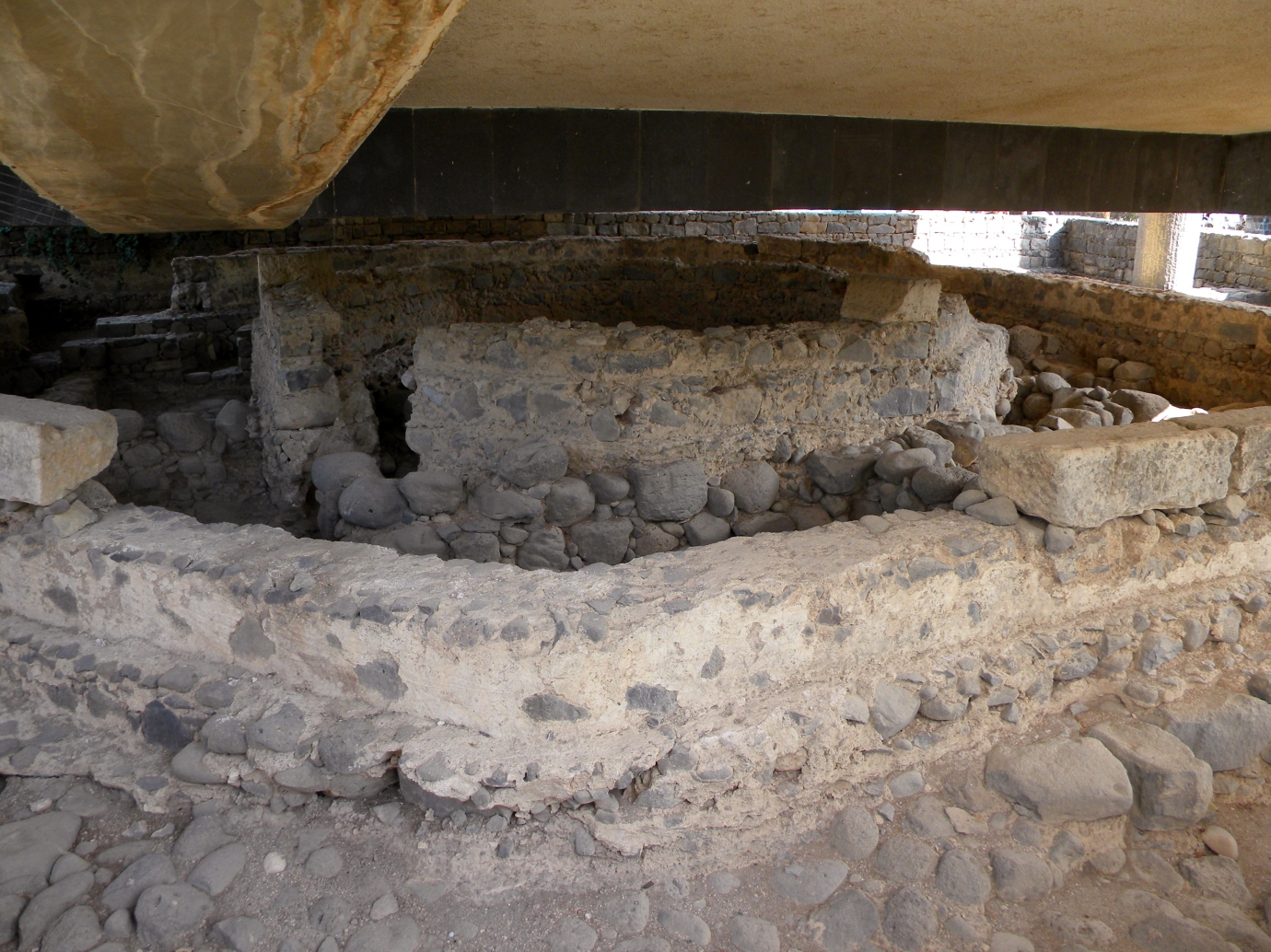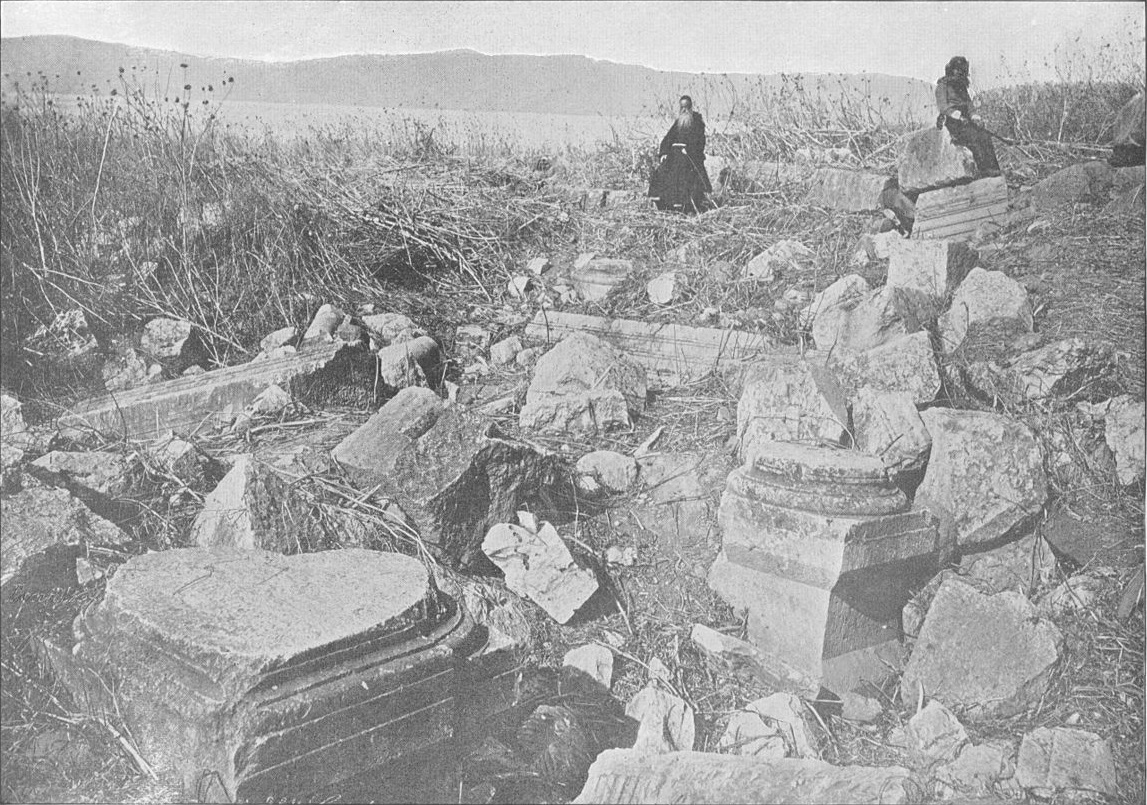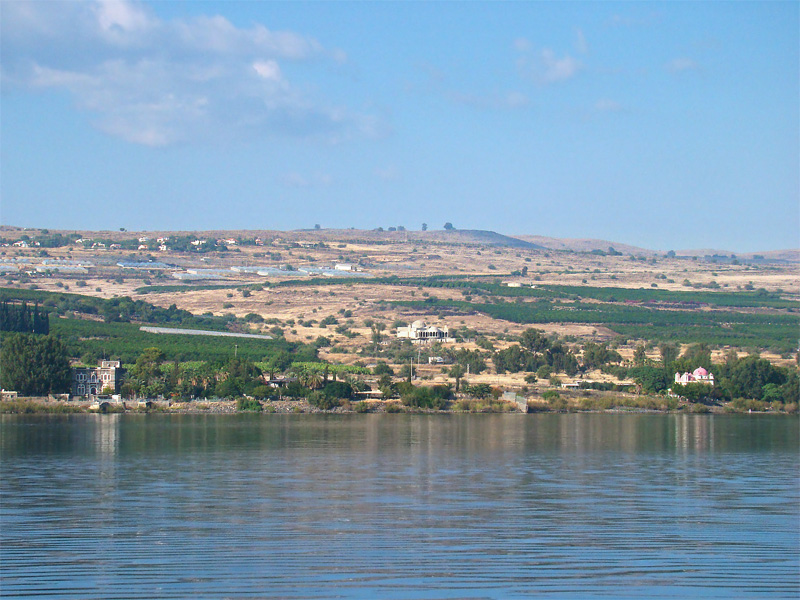(This is the last of three articles on the ancient city of Capernaum, Jesus’ “own city” (Matthew 9:1). The first article considered the question of why Jesus choose Capernaum as his base of operations for the first part of his ministry. The second article explored the fascinating results of over 100 years of archeological investigation into the ancient city, particularly its beautiful white synagogue. This final article examines what many claim to be the personal home of Peter the Apostle.)
Writing in the fourth century (circa 380 C.E), a wealthy woman named Egeria (or Etheria) from France or possibly Spain (opinions vary) visited the Bible lands on a religious pilgrimage. Upon visiting Capernaum, Jesus’ “own city” (Matthew 9:1), she wrote,
“And in Capernaum, what is more, the house of the prince of the Apostles has been transformed into a church, with its original walls still standing. Here the Lord healed the paralytic.” (Travels of Egeria)
Continue reading →






